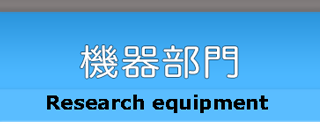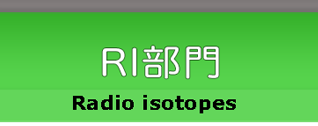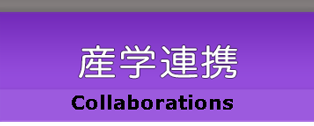

Basic Concept of Scintillation Counting Method
Toshinaga Maeda, Nobutoshi Fukuhori, Yukiko Koyama, Takuya Nakase
(Central Research Laboratory)
Collaborator: Enoki Engineering Ltd.
@Isotope Research Center, University common research laboratory has wide variety of measuring instruments. Tracer experiment study mainly uses carbohydrates labeled with ΐ-ray, such as 3H, 14C, and Α-ray, such as 125I, 51Cr.
@Scintillation Counters installed in the center are used to count those Radiation dose.
@Liquid Scintillation Counting is the method to quantify the radioactivity of low energy radioisotopes. Excitation of the aromatic solvent molecules through the energy released from a radioactive decay, the energy is next transferred to the scintillator. The energy absorbed through the scintillators produces excited states of the electrons, which decay to the ground state and produce a light pulse characteristic for the scintillator. The light is detected by the photomultiplier tube (PMT) of the liquid scintillation counter.
@But ΐ-ray and Α-ray are too low of its energy to detect directly through scintillation counting, because of many obstructions such as sample states or sample adjustment. Result of scintillation counting is displayed in CPM (Count Per Minute), but precise value has to be corrected.
@Final counted value has to be in DPM (Disintegration Per Minute), so it is very important to understand Scintillation Counting Method.
INTRODUCTION
@Liquid Scintillation (LSC) today is the most sensitive and widely used technique for the detection and quantification of radioactivity. The measurement technique is applicable to all forms of nuclear decay emissions (alpha and beta particle, electron capture, and gamma ray emitting radionuclides). Liquid scintillation counting is an analytical technique which measures activity of radionuclides from the rate of light photons emitted by a liquid sample.
@The technique of liquid scintillation counting is based on a few well-known physical phenomena. A brief explanation/review of these physical processes is given in this section in order to provide an understanding and appreciation of the power and limitation of the technique in the various studies involving the use of radioactive tracers.@@@
 OΦ OΦ
|
ζͺΦ
|
Last Updated 2016/7/26











